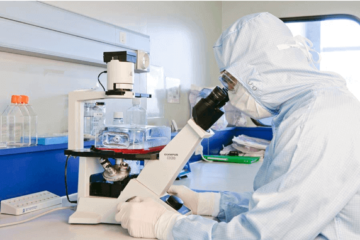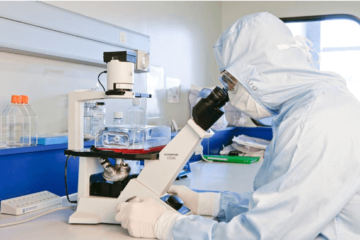Using Stem Cells for Long-Term COVID-19 Neurological Rehabilitation
**Stem Cell Therapy for Long-Term Neurological COVID-19 Rehabilitation**
Stem cell therapy emerges as a potential treatment for the persistent neurological effects of long-term COVID-19. Research suggests that stem cells can repair damaged neural tissue, reducing symptoms and improving cognitive function. This article analyzes the current state of research, exploring the potential benefits and challenges of using stem cells in long-term COVID-19 neurological rehabilitation.














